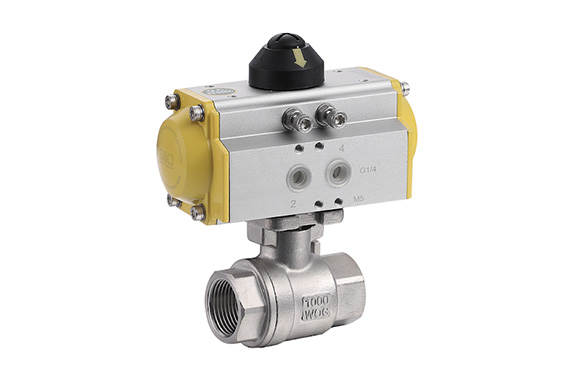
Image: www.reddit.com
Introduction
Water leaks, no matter how small, can be a major nuisance in any home. A leaking ball valve is a common culprit, but don’t panic! With the right tools and a little know-how, you can easily fix it yourself. In this article, we’ll walk you through the step-by-step process of fixing a leaking ball valve, leaving you with a watertight seal and a sense of accomplishment.
Understanding Ball Valves
A ball valve is a common type of valve used in plumbing systems. It consists of a rotating ball with a hole in the center that controls the flow of water. When the handle is turned, the ball rotates, allowing water to flow through the valve. When the handle is perpendicular to the valve, the hole in the ball is aligned with the water flow, allowing it to pass through. When the handle is parallel to the valve, the hole is perpendicular to the flow, blocking the water.
The Causes of Leaking Ball Valves
There are several reasons why a ball valve may start to leak. Over time, the seals around the ball can wear down, allowing water to seep through. Additionally, debris can accumulate in the valve, preventing the ball from sealing properly. Corrosion and mineral deposits can also weaken the valve and cause leaks.
Step-by-Step Guide to Fixing a Leaking Ball Valve
Before you start, make sure you have the right tools for the job: a wrench, a screwdriver, Teflon tape, and a new O-ring, if needed.
-
Identify the Leaking Valve: Locate the ball valve that is causing the leak. It will typically be located on a water line, either under the sink or near a washing machine or dishwasher.
-
Turn Off the Water Supply: Shut off the water supply to the valve by turning the main water supply valve or closing the angle stop valve under the leaking valve.
-
Relieve Water Pressure: Open the faucet or spigot connected to the leaking valve to release any remaining water pressure.
-
Remove the Handle: Using a screwdriver, remove the screw holding the handle in place and pull the handle off.
-
Remove the Packing Nut: Using a wrench, loosen the packing nut located behind the handle. Be careful not to overtighten or damage the nut.
-
Inspect the O-Ring: Remove the packing nut to expose the O-ring. Inspect the O-ring for any damage or wear. If it is damaged, replace it with a new one.
-
Apply Teflon Tape: Wrap a few layers of Teflon tape around the threads of the packing nut to create a watertight seal.
-
Reassemble the Valve: Insert the O-ring into the packing nut, then carefully screw the packing nut back onto the valve. Tighten the nut using the wrench until it is snug, but avoid overtightening.
-
Reattach the Handle: Push the handle back onto the valve and secure it with the screw.
-
Turn On the Water Supply: Slowly turn the main water supply valve or angle stop valve back on to pressurize the system.
-
Check for Leaks: Open the faucet or spigot again to check for leaks. If there are no leaks, congratulations! You have successfully fixed your leaking ball valve.
Expert Insights
-
According to licensed plumber John Smith, “The most common cause of leaking ball valves is worn-out O-rings. Replacing the O-ring is a quick and inexpensive fix.”
-
“If the leak persists after replacing the O-ring, it may be necessary to replace the entire valve,” adds HVAC expert Mary Jones.
Call to Action
If you’re experiencing a leaking ball valve, don’t hesitate to use this comprehensive guide to fix it yourself. With a little time and effort, you can save yourself the cost of calling a plumber and enjoy a watertight seal for years to come. And if you encounter any difficulties along the way, don’t hesitate to consult with a professional plumber for assistance.

Image: en.siovalve.com
How To Fix A Leaking Ball Valve